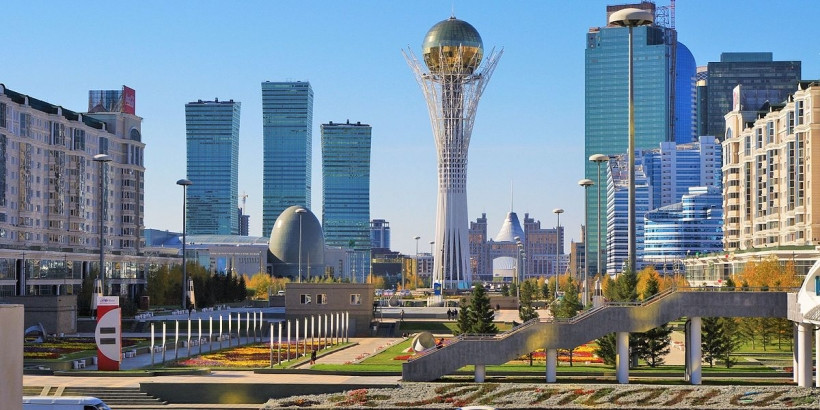NUR-SULTAN – The capital’s Urban Centre is developing a master plan to make the city more pedestrian-friendly, reports the Nur-Sultan akimat (administration).
“Before, the main document for developing the city was a general plan. Today, we have high expectations for the new format, the ‘Master Plan for the City of Nur-Sultan – 2030.’ It is under development and planned for adoption in 2020,” Urban Centre Head Askhat Saduov explained.
Pedestrian comfort is a priority in the new plan.
“If you take note of trends, there should be more bridges (in Nur-Sultan),” he said. “First, the river passes through the city centre, resulting in a traffic bottleneck along the bridges. If you look at other cities with rivers, there are many more bridges for pedestrians and vehicles.”
Improvements for city residents’ comfort will begin in pilot mode in the Zhastar microdistrict.
“The streets (of Nur-Sultan) should be more comfortable for pedestrians with wider sidewalks, and there should be promenades where small and medium-sized businesses can work,” said Saduov. “We want to add pedestrian streets (in the Zhastar microdistrict) to provide for some kind of orientation system in which people can understand how to walk through this neighbourhood and to ensure safety. To address the economic aspect (of improving the neighbourhood), we will work with businesses.”
Nur-Sultan’s left bank will also see improvements in the level of comfort.
“The left bank of the capital is comfortable for motorists, but it is very difficult for pedestrians because there are few sidewalks and long distances. Construction should be more compact and the street grid smaller. There are 1.5 times more blocks on the left bank than on the right bank, which upsets their human scale,” he added.
Saduov also sees a necessity to expand the pay-to-park system that launched in Nur-Sultan last year to increase access to parking spaces, improve traffic flow and promote a culture of legal, systematic parking.
“If we constantly improve transport infrastructure from the drivers’ point of view, we will simply ‘choke’ on traffic jams,” he said.
The Urban Centre was established as part of the research and design institute Astanagenplan in September 2016 on the initiative of the then Nur-Sultan Akim Asset Issekeshev to comprehensively and systematically transform the capital’s urban environment with tools borrowed from urban, sociological and anthropological disciplines. The centre carries out original data collection and research, as well as projects, forums, workshops and round tables. Its objectives are to involve residents in city planning and development, develop new urban planning approaches, collect, produce and disseminate knowledge on the city, develop and improve public spaces, engage experts, promote urban community development and create efficient and flexible platforms for dialogue on city development.



